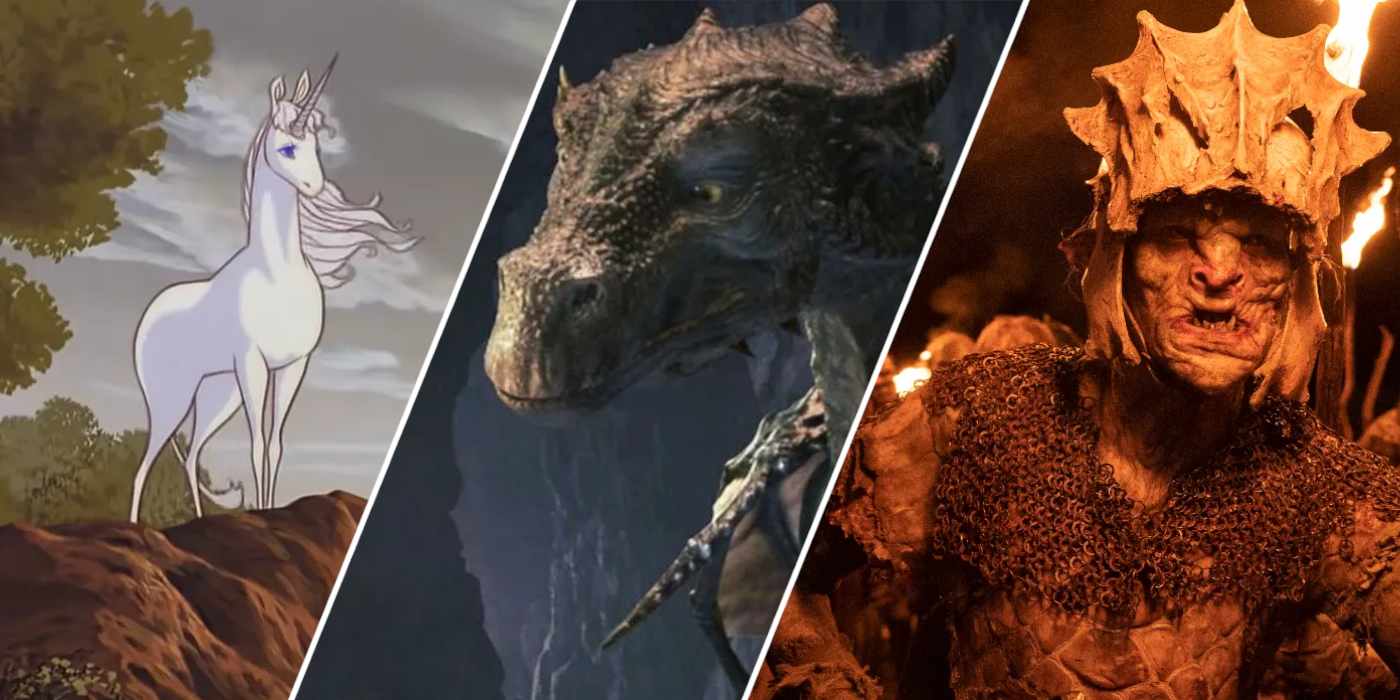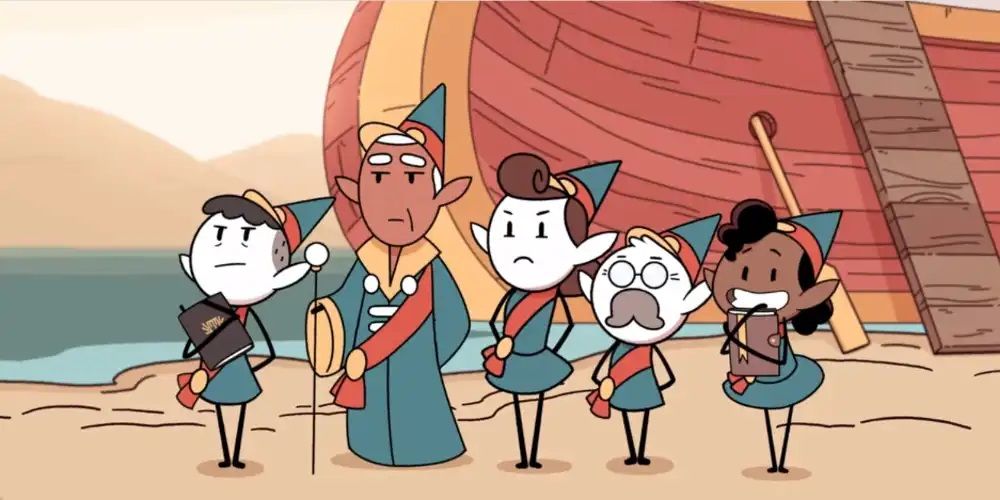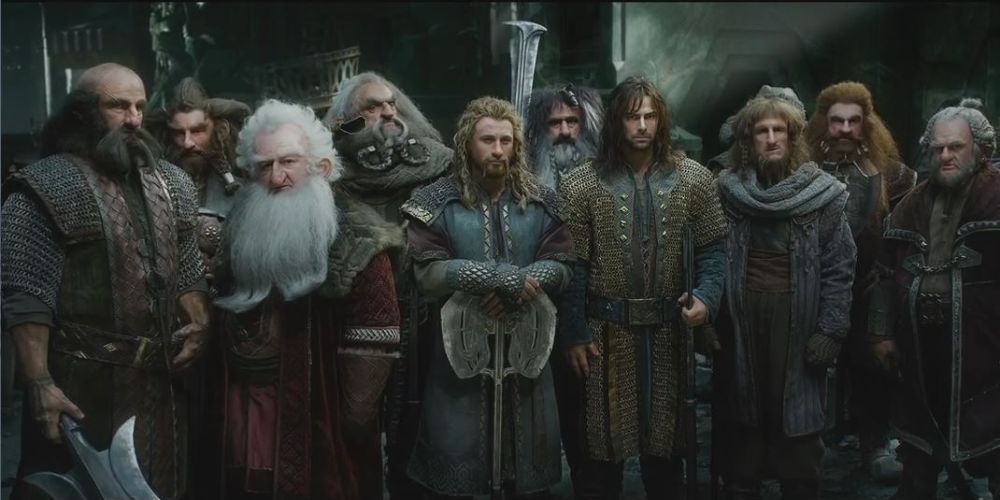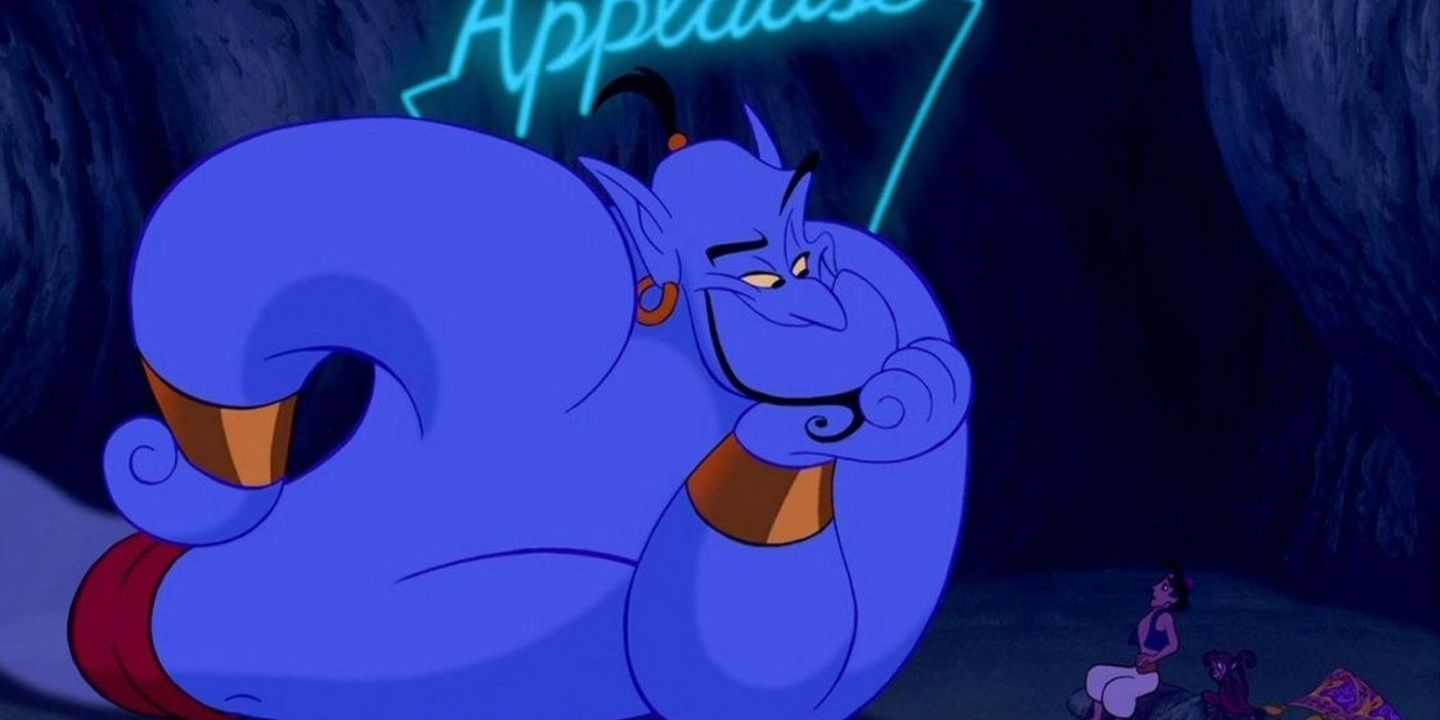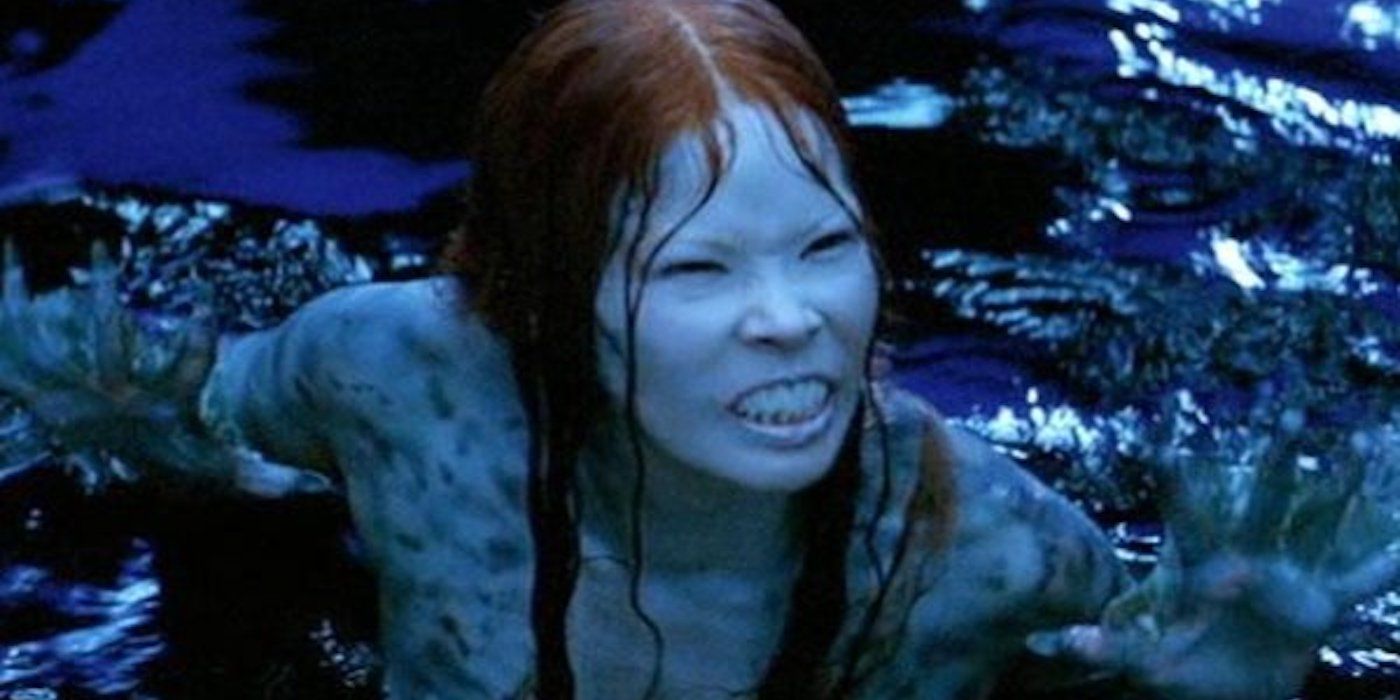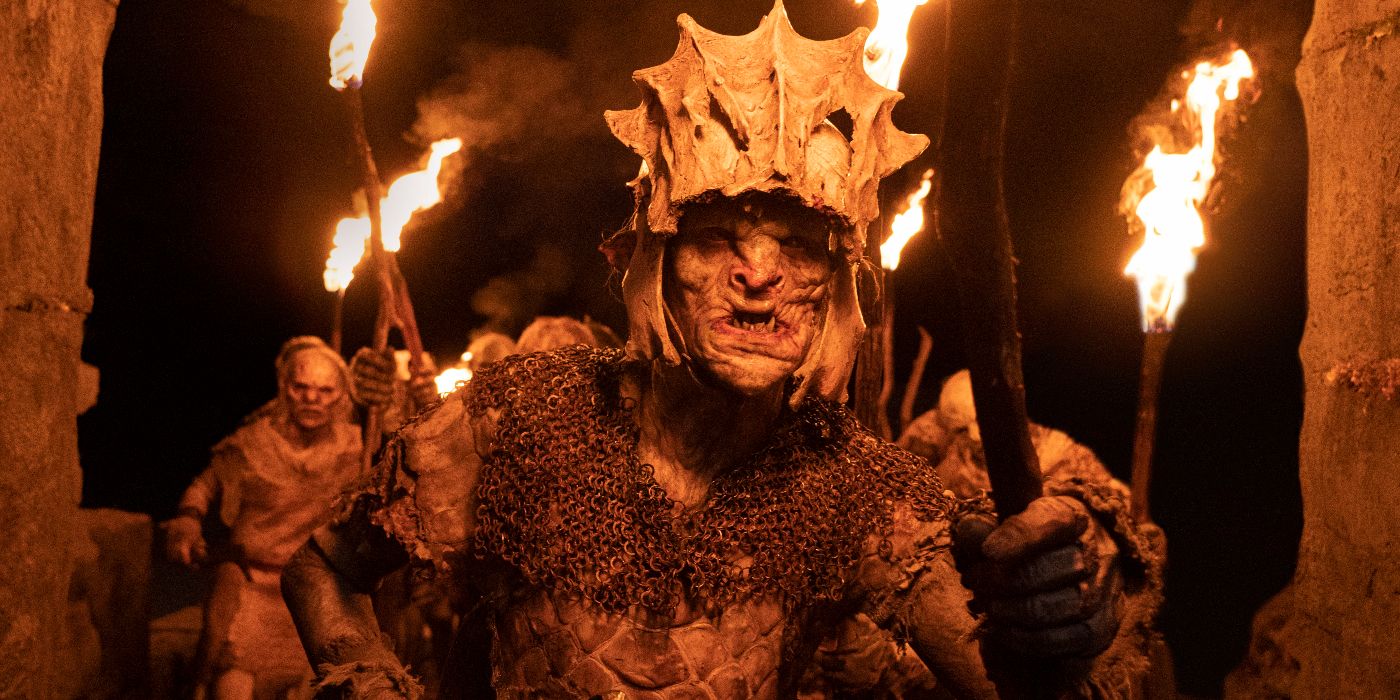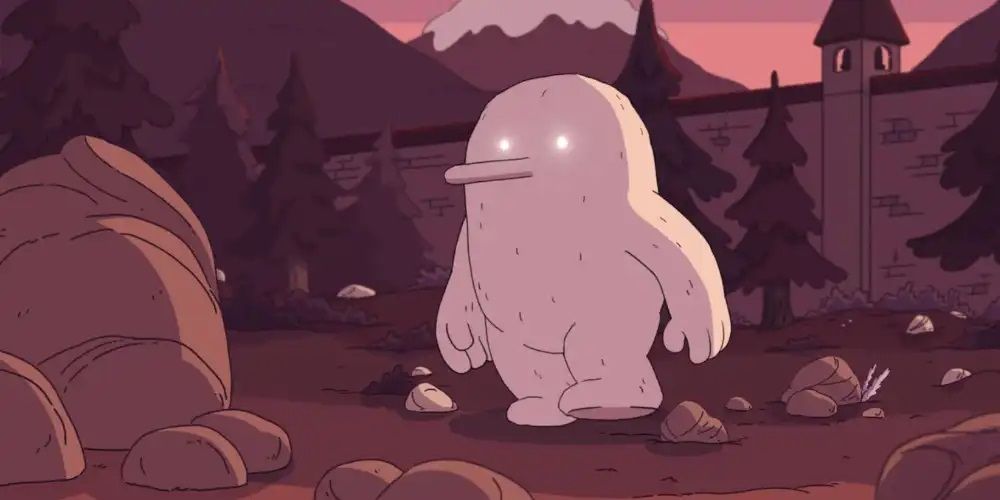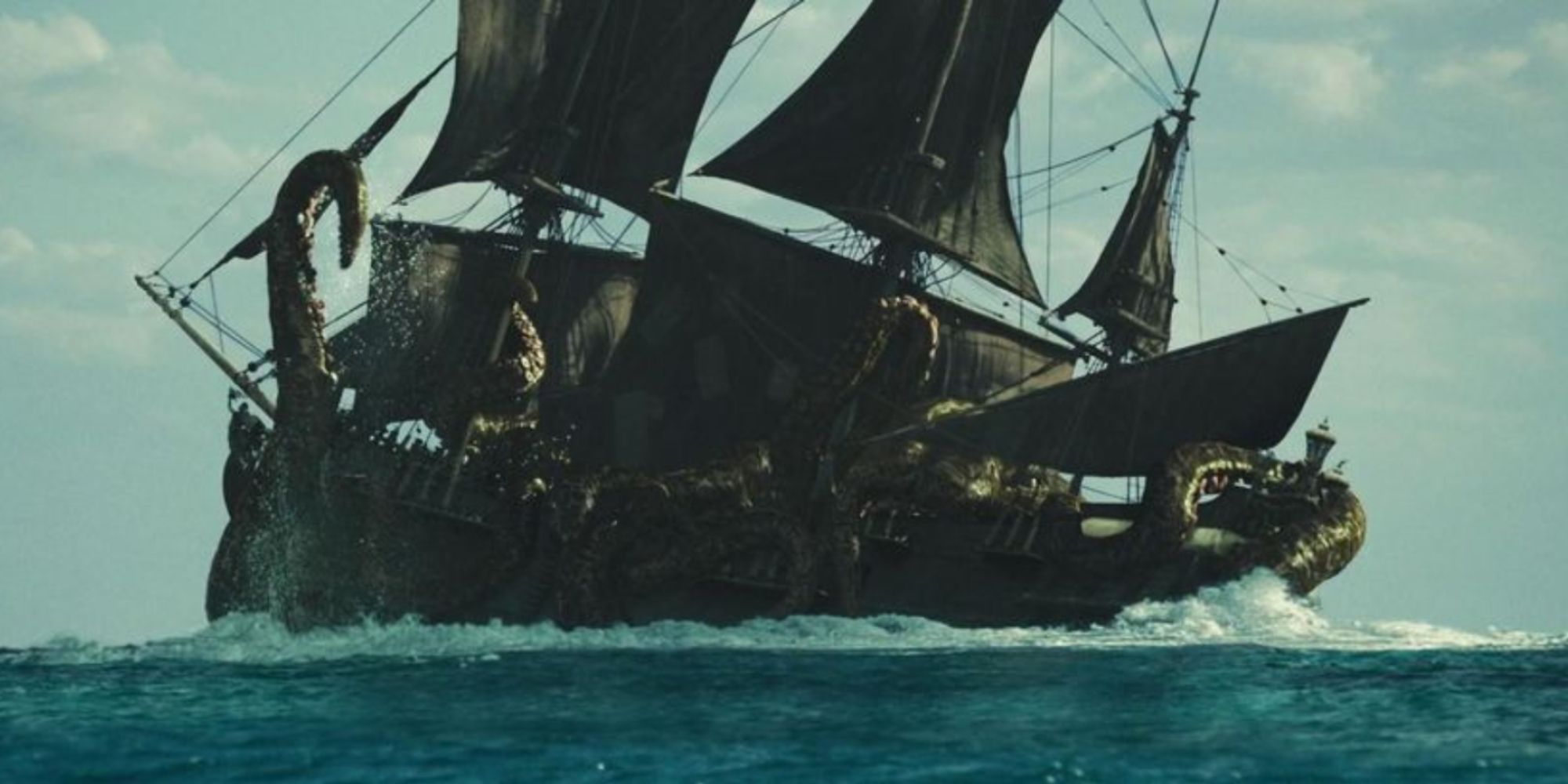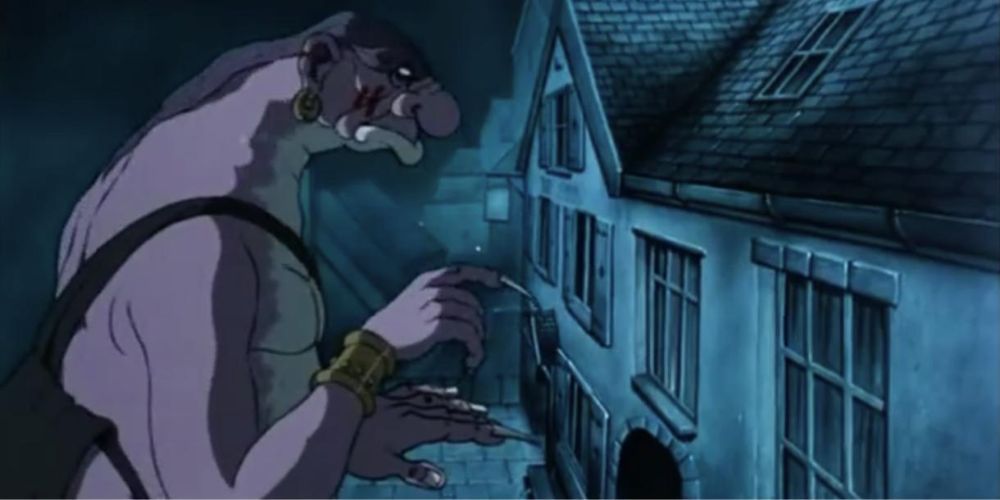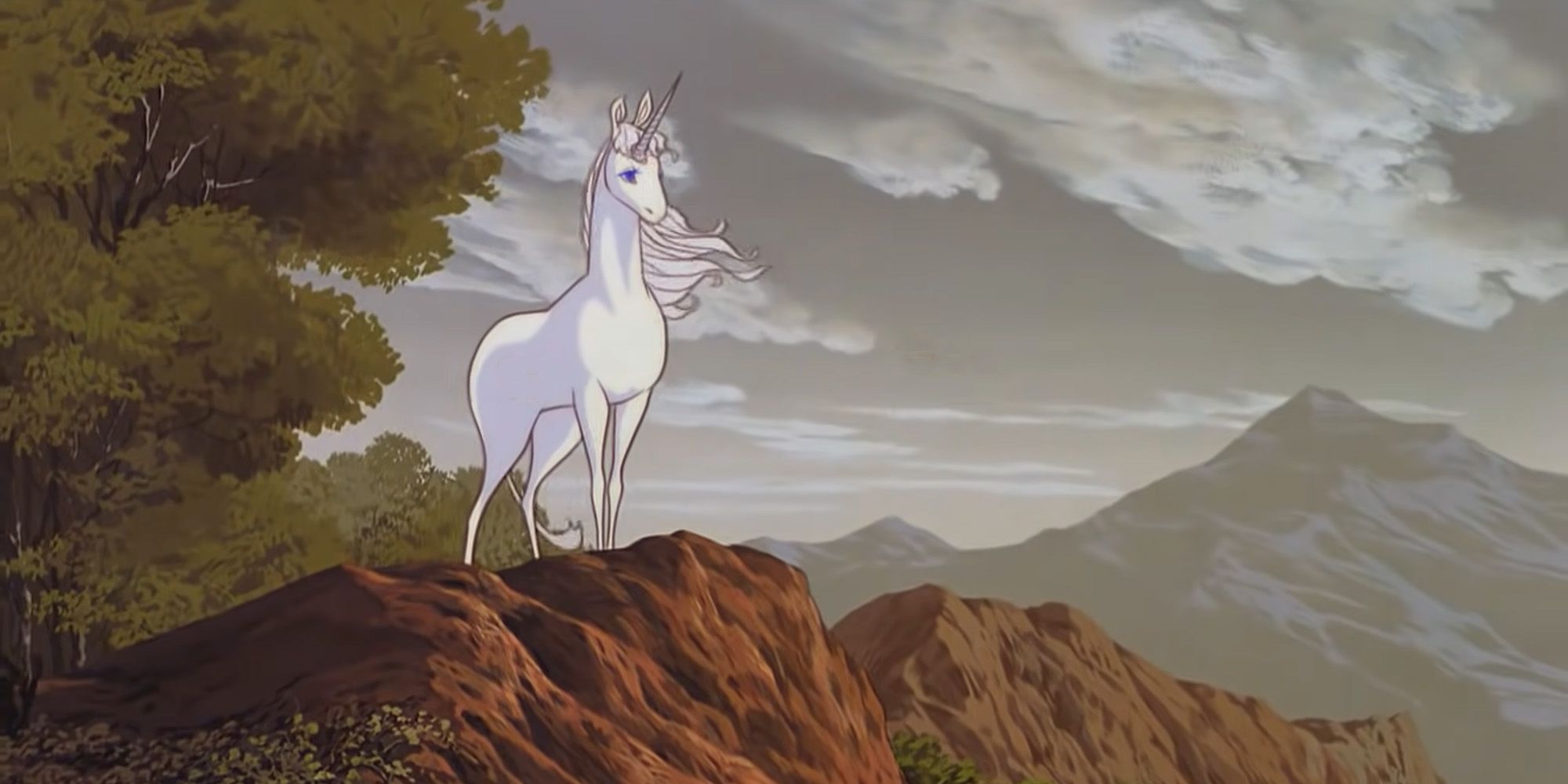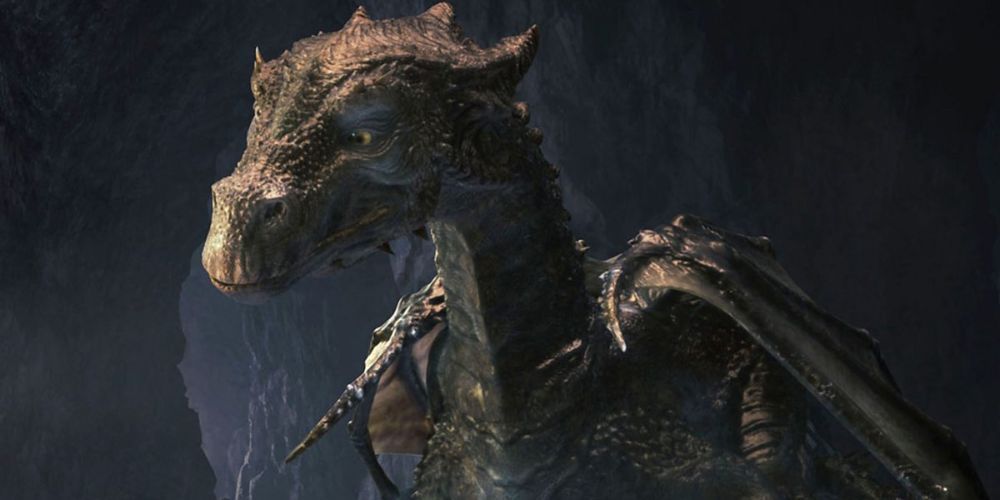The fantasy genre has the potential to craft some of the most creative and diverse types of stories. It draws its roots from ancient times when early civilizations created mythology to explain things about the world they did not understand. One way they did this was by giving birth to monsters and beings of magic.
Even as new ideas are used to expand the scope of fantasy stories, several creatures always seem to appear. They have steeped themselves in popular culture to the point that, even if you're not from the original culture that spawned them, you know their powers and their role in the story on sight. This is doubly so, thanks to the rise of CGI in films and television shows.
Elves
One of the most iconic creatures of European mythology, the elf is a magical being capable of helping and hindering humans. They were said to be invisible mischief-makers who could spook livestock or make shoes. British professor and author J. R. R. Tolkien created the modern idea of the elf as immortal warriors in The Lord of the Rings.
This extensive interpretation of elves has allowed them to be slotted into any fantasy story. They usually retain their affinity to magic, but it is generally divided among elves who maintain a connection to the natural world and those who master arcane spells. And then there's Hilda, where the elves are invisible bureaucrats.
Dwarves
Deep inside the bones of the Earth, dwarves toil away at their ceaseless work. Initially interpreted as an earth-fairy, the dwarf is easily identifiable thanks to their short stature, lengthy beard, and love of treasure. They spend their time mining for gemstones and precious metals or forging legendary weapons, armor, and jewelry fit for gods.
Unlike the elf, which has proven fungible, dwarves have remained consistent in nearly every fantasy story. Sometimes they are more comedic, like in Snow White and the Seven Dwarfs, and sometimes more militant, like in The Hobbit. This gives the dwarf a sense of familiarity: even when they are gigantic, such as in Avengers: Infinity War, you know everything about their society and personality at a glance.
Genies
In Arabic mythology, spirits of air and fire, known as jinn, are said to share the Earth with humans. While invisible in their true form, they could shapeshift into whatever form they pleased. Good jinn used their powers to guide and counsel people, while evil jinn worked mischief.
Tales of being able to control jinn with magic talismans eventually gave rise to the genie, a wish-granting spirit usually held inside a lamp or bottles. In the '60s, with I Dream of Jeannie, genies began to take on a more comedic and lively personality, further separating them from the Jinn. This was cemented in 1992 with the release of Aladdin, where Robin Williams' iconic performance cemented itself as the textbook example of a wish-granting spirit.
Mermaids
Often reported by sailors on long travels, the mermaid is an aquatic beauty with the lower half of a fish and the torso and head of a woman. They were said to have beautiful singing voices and dwell in underwater kingdoms. The origin of this myth is likely an aquatic mammal called a dugong, also known as the sea cow.
Mermaids usually have two different depictions in media. The most common is a playful, fairy-like creature who wants to avoid the surface world, like the merfolk from The Little Mermaid. The second, darker depiction mixes elements of the Greek siren, where the mermaid uses their beautiful voice to drown people, as seen in 2003's Peter Pan.
Orcs
Orcs are among the more modern fantasy creatures. While the name has appeared in old Germanic folklore, the mighty green-skinned warrior we know and love came from the mind of professor Tolkien. The dark lord Morgoth created orcs to be his foot soldiers in his wars to conquer Middle Earth, and after his fall, his lieutenant Sauron rallied the orcs for his conquests.
Tolkien's orcs are a disciplined and violent group who detest sunlight and are skilled at forging crude instruments of war. Over the years, different takes on orcs have appeared, often portraying them with a sense of warrior's honor or as tribal communities forced to survive in harsh environments. Contemporary media, such as Netflix's Bright, have also begun to explore orcs trying to escape the stigma of being servants of dark lords.
Trolls
A lesser type of giant, trolls come from Germanic mythology and have a strong connection to the Earth. Trolls from fairy tales often lived in castles of stone and crystal and would use magic and trickery to either harass would-be heroes or tell prophecy. If exposed to sunlight, they would transform to stone themselves.
Thanks to their earth magic, trolls offer many different ways they can be depicted. Frozen went the route of the helpful sage, while the first Hobbit film makes them buffoons who are turned to stone by the dawn. Sometimes films like The Boxtrolls also come around, where trolls are strange and whimsical creatures that stick to the shadows out of habit.
Krakens
Many sea beasts from around the world haunt sailors' minds, but the Scandinavian kraken is perhaps the most terrifying. These gigantic cephalopods use their massive tentacles to trap ships and drag them beneath the waves to feast on the helpless crew. Their heads are so massive that sailors mistake them for islands when they are at rest.
The most iconic kraken in modern films comes from Pirates of the Caribbean: The Dead Man's Chest. The beast was a servant of Davy Jones and was sent to hunt after Jack Sparrow when he failed to repay a debt to Jones. A kraken also appeared in Clash of the Titans, though it resembles a humanoid sea monster, where it was used to extract divine retribution.
Giants
Imagine seeing a humanoid shape approaching from a distance as tall as a building. The ground shakes with every step, and they can rip a tree from the ground as easily as you can pluck a flower. That is the power and majesty of the mythical giant.
These oversized humanoids are often depicted as an ancient race going back to the dawn of creation.
If they are antagonists, such as in The BFG, giants tend to be primitive and with low intelligence. If the giant is an ally, such as in Hilda, they are given wisdom thanks to their age and unique way of looking at the world.
Unicorns
Thought to be based on stories of the one-horned Indian rhinoceros, the unicorn is seen as a symbol of virtue, purity, and innocence. This angelic horse is said to have the power to heal the sick and protect them from poisons, thanks to its magical horn. They are timid creatures who dwell in deep, tranquil forests and are said to only appear toward virtuous people.
When a unicorn appears, it's often to highlight the virtue of a character, such as Peter from The Chronicles of Narnia, who rode a unicorn in battle in The Lion, The Witch, and the Wardrobe. On the flip side, killing a unicorn is seen as the ultimate evil, like in Legend, where their death brings an unnatural winter. The Last Unicorn offers the best look at a unicorn's ethereal nature by making one the protagonist.
Dragons
The most iconic of all fantasy creatures, dragons have long been a symbol of power, regality, and wisdom. Nearly every culture on Earth has its own depiction of dragons, ranging from savage beasts who hoard treasure to wise sages and divine avatars. This flexibility is shown across dozens of fantasy tv shows and films, where dragons can fill any role the writers need.
Examples of good dragons can be found in the film Dragonheart and the tv show Merlin, where both dragons are shown as among the last of their kind and offer their wisdom to the protagonists. Villainous dragons are beyond counting, though iconic examples include Smaug from The Hobbit and Maleficent at the end of Sleeping Beauty. Recently, a new trend of people riding dragons has appeared, such as the How to Train Your Dragon and Game of Thrones franchises.

